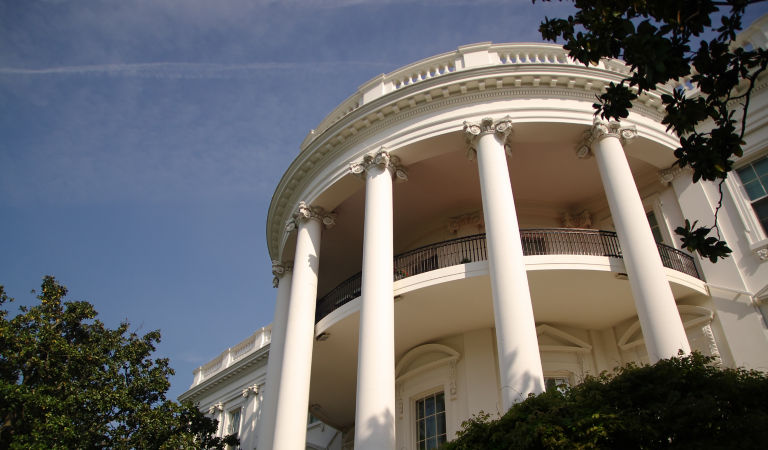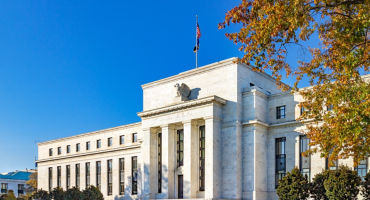The opening months of Trump's second term have marked a significant pivot from previous economic policies. Even before the recent tariff announcements, we've seen substantial market reactions to the government restructuring led by the Department of Government Efficiency, widespread contract cancellations, and immigration policy changes. All of this has contributed to a climate of uncertainty that's affecting business decisions.
When businesses can't predict what's coming next, they typically pause hiring plans and delay investments. Similarly, consumers tend to pull back on spending. The newly announced tariffs have only amplified these concerns, creating more economic turbulence.
I believe we're likely already in recession territory, with declining output and employment numbers starting to emerge. This policy environment has created a real dilemma for the US Federal Reserve (Fed). While economic contraction would normally trigger interest-rate cuts, the Fed faces a credibility challenge in doing so when inflation remains elevated. My view is that we'll see interest-rate cuts eventually, but investors should expect significant volatility along the way. This will likely create a steepening yield curve — short-term rates dropping while longer-term rates remain more stubborn.
We've already witnessed credit spreads widening considerably across markets. Though credit pricing may not yet reflect a deep recession scenario, it's probably too late for investors to be reducing risk exposure now. In my view, the more relevant dilemma is when to strategically increase risk positions again.
The market is creating interesting opportunities as dislocations emerge between credit sectors. US credit, which was recently among the most expensive markets globally, has become notably more attractive. I expect to see compelling chances to shift dynamically between sectors as these dislocations continue developing over the coming months.




























Monthly Market Review — October 2025
A monthly update on equity, fixed income, currency, and commodity markets.
By